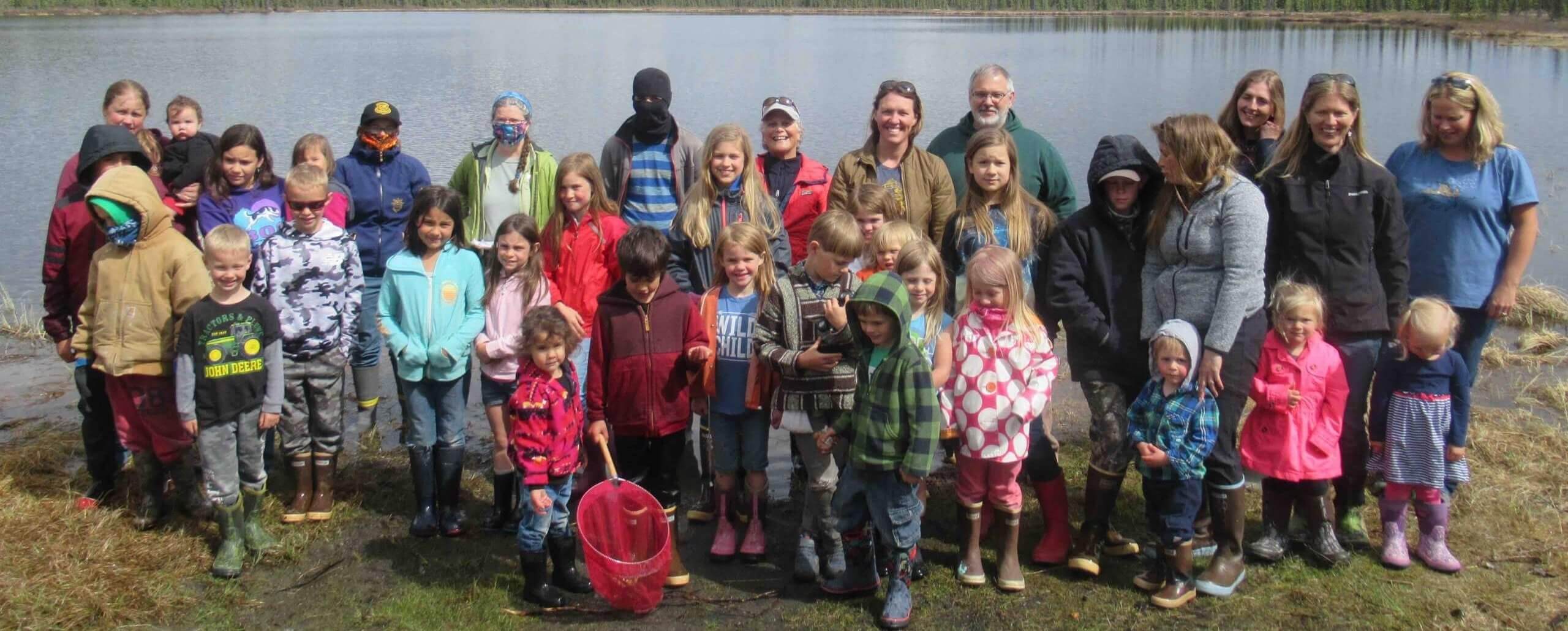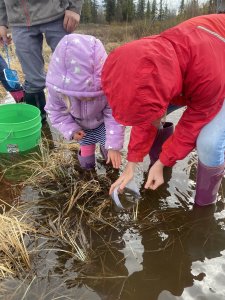It Takes a Watershed to Raise Salmon

Migrating fry from Mentasta Lake, near the headwaters of the Copper River, travel almost 300 miles down to the Gulf of Alaska, where  they grow into adults and eventually return to Mentasta Lake and its tributaries to spawn and continue the life cycle in the very waters where their journey began. Salmon are able to complete this complex life cycle because the Copper River Watershed is mostly intact and has clean, clear waterways interconnected and winding from inland, freshwater streams and lakes all the way down to the ocean. Similarly, because there are strong ties between 11 partners throughout the watershed, from Mentasta Lake to Cordova at the mouth of the Copper River, we were able to support six salmon tanks at all schools in the Copper River Watershed, allowing all students in the region to witness the amazing and delicate early life stages of salmon, while taking an active role in caring for the resource that sustains their cultures, communities and their way of life.
they grow into adults and eventually return to Mentasta Lake and its tributaries to spawn and continue the life cycle in the very waters where their journey began. Salmon are able to complete this complex life cycle because the Copper River Watershed is mostly intact and has clean, clear waterways interconnected and winding from inland, freshwater streams and lakes all the way down to the ocean. Similarly, because there are strong ties between 11 partners throughout the watershed, from Mentasta Lake to Cordova at the mouth of the Copper River, we were able to support six salmon tanks at all schools in the Copper River Watershed, allowing all students in the region to witness the amazing and delicate early life stages of salmon, while taking an active role in caring for the resource that sustains their cultures, communities and their way of life.
The salmon tank project literally puts the health of salmon into the hands of students and their teachers who are responsible for maintaining adequate living conditions in their classroom tank. Students monitor the temperature daily and watch as eggs hatch and their fry start to feed. By monitoring water quality, being responsible for cleaning the tank, and feeding the salmon, students learn what salmon need to thrive. We have watched as our youth learn and make a connection to their salmon; this translates to a connection and sense of responsibility for salmon living outside the tank. We hope this in-school experience during students’ formative years will help establish a strong stewardship ethic that extends to all aspects of their lives moving forward, and that they will play an active role in keeping the Copper River Watershed intact and functioning for salmon and people into the future.
The dedicated teachers and school personnel who fed the fry and cleaned the tank while schools shut down during the COVID crisis were key to the program’s success this year. In addition to caring for the salmon, they collected photos and videos and shared regular updates with students anxiously tuning in from home. We thank you and appreciate you, teachers and school staff.
Our salmon tank project culminated with fry being released mid-May into lakes in the Copper Basin approved by Alaska Department of Fish and Game. Program partners Wrangell Institute for Science and Environment, Prince William Sound Aquaculture Corporation and Ahtna Intertribal Resource Commission coordinated with each school to release our student-raised salmon. A few lucky families who live close to the sites were able to help release the fry, and many photos and videos were collected to share the moment virtually with all the students who had so eagerly welcomed the salmon eggs into their schools during the winter.
The Copper River Watershed Project would like to thank our partners from throughout the watershed who helped make this program possible, including ADFG, AITRC, Copper Valley Telecom, Cordova School District, Copper River School District, Mentasta Lake Katie John School, PWSAC, Prince William Sound Science Center, Valdez Fishery Development Association and WISE, as well as the generous individuals who gave financial contributions to the Copper River Watershed Project for this program. We look forward to coordinating with you again next year to bring this exciting educational opportunity to all students in the Copper River Watershed.


